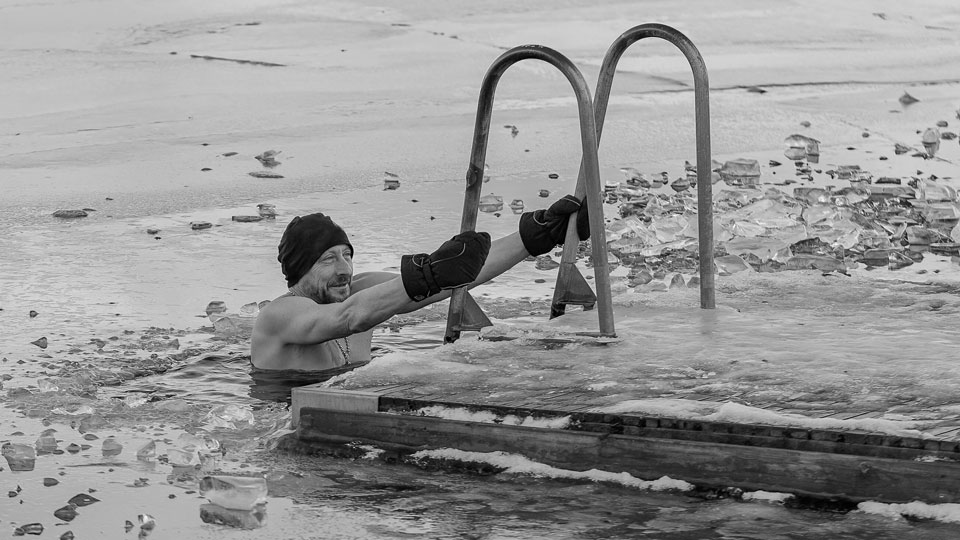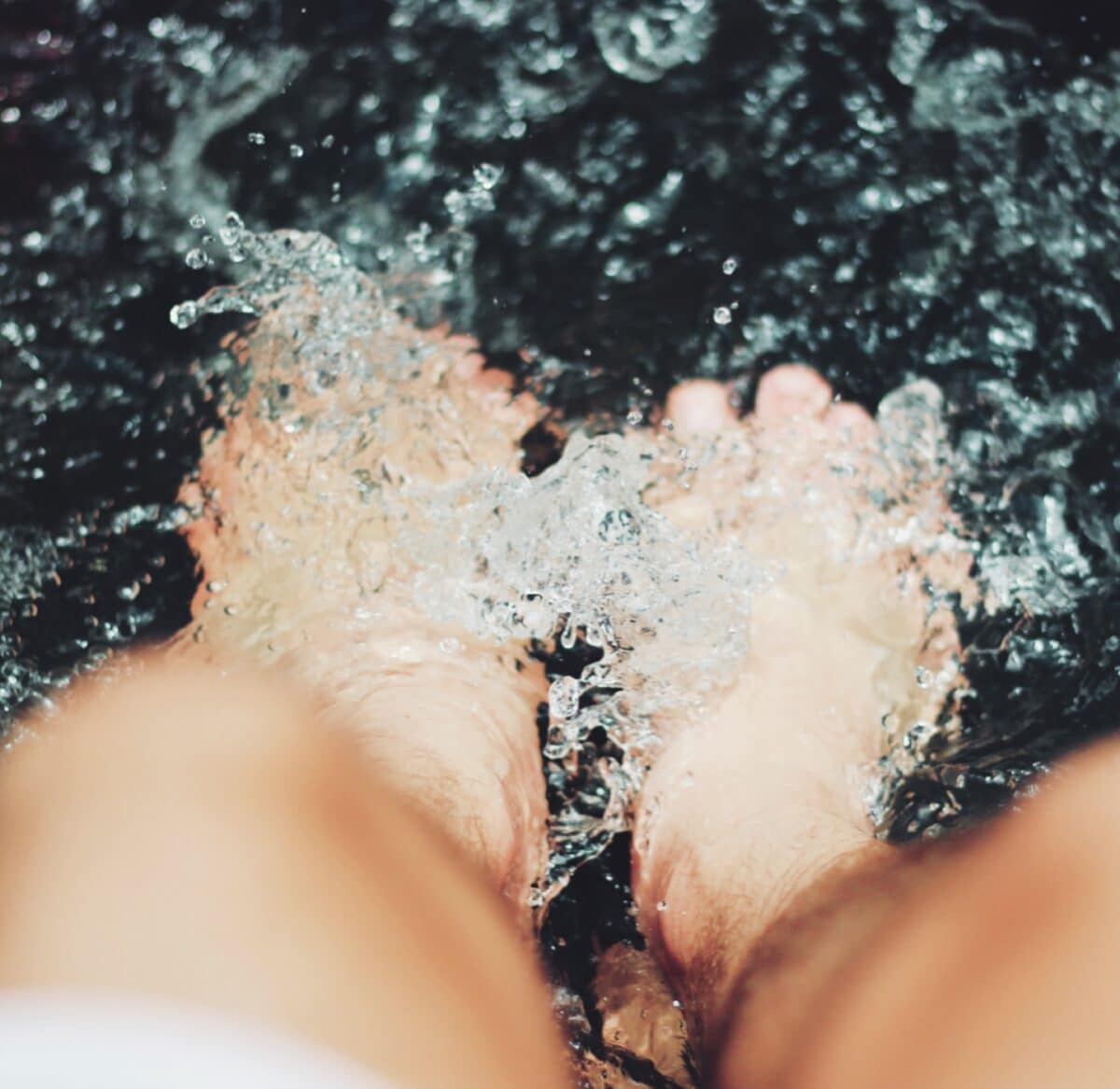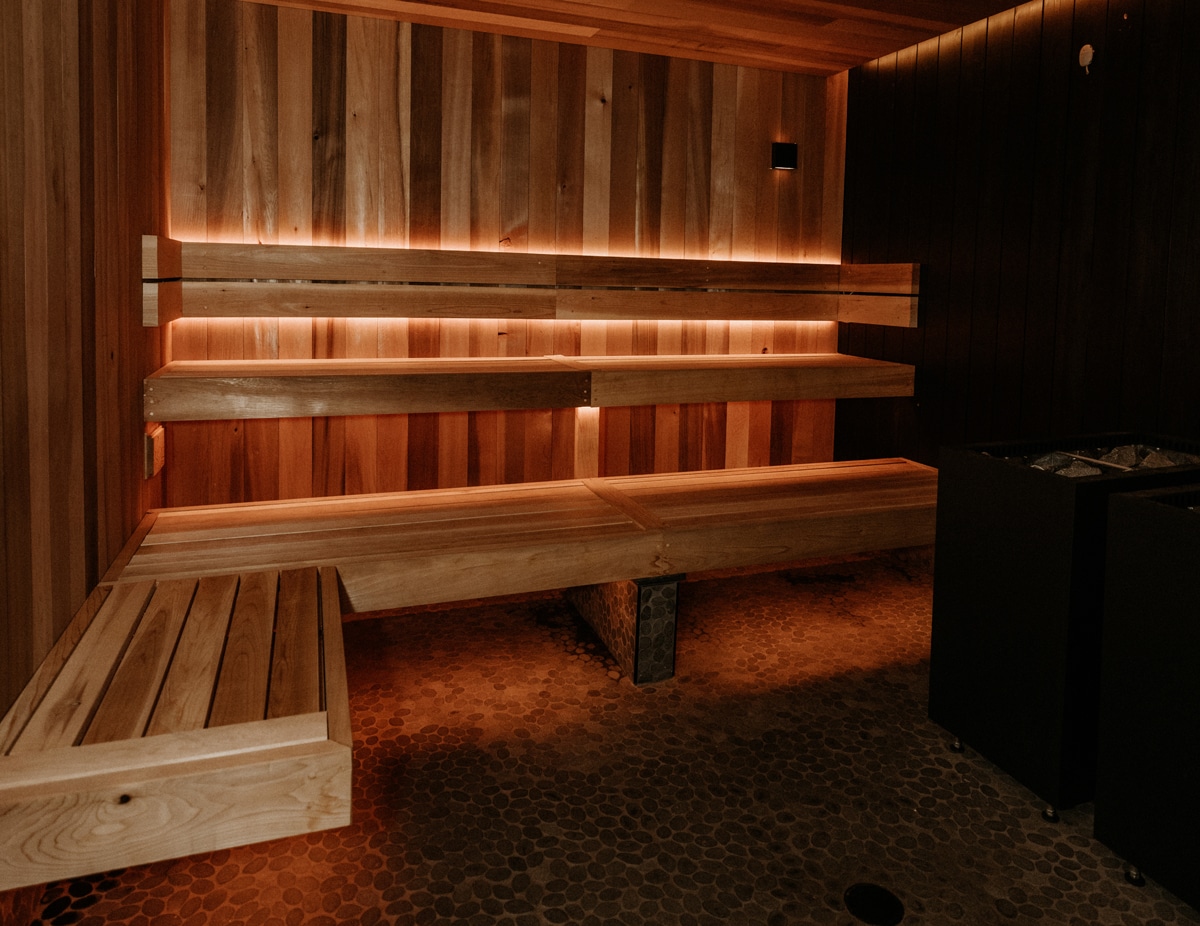
Choose the ideal sauna and cold plunge option for your goals and budget with this guide to choosing between DIY, done for you, or studio membership contrast therapy.
While the practice of cold plunge therapy for health goes back centuries, it’s recently skyrocketed in popularity. And with good reason—a regular cold plunge habit has been shown to elevate the mood, relieve symptoms of depression, lower stress levels, and activate brown fat, which may help the body burn more calories.
Combine that with sauna sessions—alternating between the two is known as contrast therapy—and you can also improve cardiovascular fitness, lower blood pressure and cholesterol, and reduce all-cause mortality.
However, these benefits don’t come from a single session. The key to improving your health through contrast therapy is establishing a regular practice. To really make the habit stick you have to make it easy to fit sauna sessions and cold plunge dips into your weekly routine. This might mean bringing a cold plunge and sauna into your home or paying a monthly membership fee to a studio.
The first consideration is which cold plunge and sauna experience is best for you. If you are self-motivated and prefer a solitary experience, you might want to build your own cold plunge and sauna at home. Depending on your budget, you can choose from a basic DIY setup to a completely installed luxury experience.
Become an insider.
Get on the listFor those who want a more social experience and accountability, a cold plunge and sauna studio membership might be a better choice, especially if you don’t have space in your house for a cold plunge or sauna. Contrast therapy studios vary quite a bit—some are completely self-guided, while others feature experienced leaders who guide you through the heat and cold, helping you push your limits, ensuring you’re following the protocols that will help you get the best results.
Here we’ll review the key considerations for each option, getting into the costs (from completely free to tens of thousands of dollars) and pros and cons of DIY, done for you, and the studio experience.
DIY Home Cold Plunge and Sauna
If you’re looking to save money and already know you can commit to a regular cold plunge and sauna routine, the DIY route might be best for you. This option is for people who are very self motivated and have experience with sauna and cold plunge, and who are comfortable with home do-it-yourself projects. If you’ve never tried cold plunge and sauna, or you aren’t sure the most effective way to use contrast therapy, you should start off by trying it out at a studio (or a friend’s house) before committing to your own setup.
DIY Cold Plunge
The cheapest way to cold plunge is to follow the lead of the Scandinavians and jump in the ocean or a lake. Of course, this free option requires proximity to a body of water that’s below 60 degrees Fahrenheit.
If that’s not possible, you can go the next step up and purchase a stock tank for about $100. The drawbacks of this approach are that you’ll need to buy bags of ice and replace the water after each session. If you add brominating concentrate (available on Amazon) to sanitize the water and cover the tub with a tarp you can reuse the water a few times.
The next step up is building your own cold plunge from a chest freezer, which will cost about $600 to $1,000. For this you’ll need a chest freezer, some type of sealant, and a temperature controller. Setting up the chest freezer will require a bit of work, but it’s not overly complicated. Just make sure to take the time to properly seal and prep your chest freezer before adding water.
DIY Sauna
Building a home sauna takes more work than a cold plunge, and unfortunately there aren’t any completely free sauna options (unless you have a friendly sauna-owning neighbor who doesn’t mind sharing).
If you don’t feel like taking on a complicated construction project, Redwood Outdoors sells sauna kits that start at about $5,000 and can be assembled in about four hours. (Or get a cold plunge/sauna combo kit for about $10,000.)
Starting from scratch will save you money, but will take much longer and will cost between $3,000 and $6,000. This step-by-step guide takes you through the process, but be warned—it’s for people with considerable DIY construction experience, not those embarking on their very first project.
Done-For-You Home Cold Plunge and Sauna
If you’re sure you can commit to an at-home contrast therapy practice, don’t have experience with home DIY projects, and have a higher budget, the done-for-you option might be your best choice. In addition to having your own home cold plunge and sauna to use on your own schedule, high-end home built saunas and cold plunge can be customized to fit your space and tastes.
Done For You Cold Plunge
The market for cold plunge tubs has exploded recently, which means you have quite a few options to choose from if you want a fully-built cold plunge in your home. Plunge offers cold plunge tubs for a variety of budgets—from a portable version that costs $2,500 to a luxury model for $8,640. For a bit more versatility, Polar Monkeys offers stylish cold plunge tubs that also heat up to 102 degrees Fahrenheit, starting at $4,750.
To make your cold plunge part of your home, you can choose an in-ground cold plunge, which will cost at least $10,000 for a vinyl-lined pool and up to $40,000 for the concrete-lined option, including construction and labor costs. This option also requires space on your property for an in-ground plunge, although a cold plunge takes up less space than a pool.
Done For You Sauna
A custom indoor sauna, built to fit your space instead of a prefabricated kit, usually costs between $4,000 and $10,000. Outdoor saunas, which don’t need a ventilation system, typically cost between $3,000 and $6,000. For those who want to go the luxury route, Duluth, Minneapolis-based Cedar and Stone offers beautiful and sustainable high-end saunas that start at $49,000.
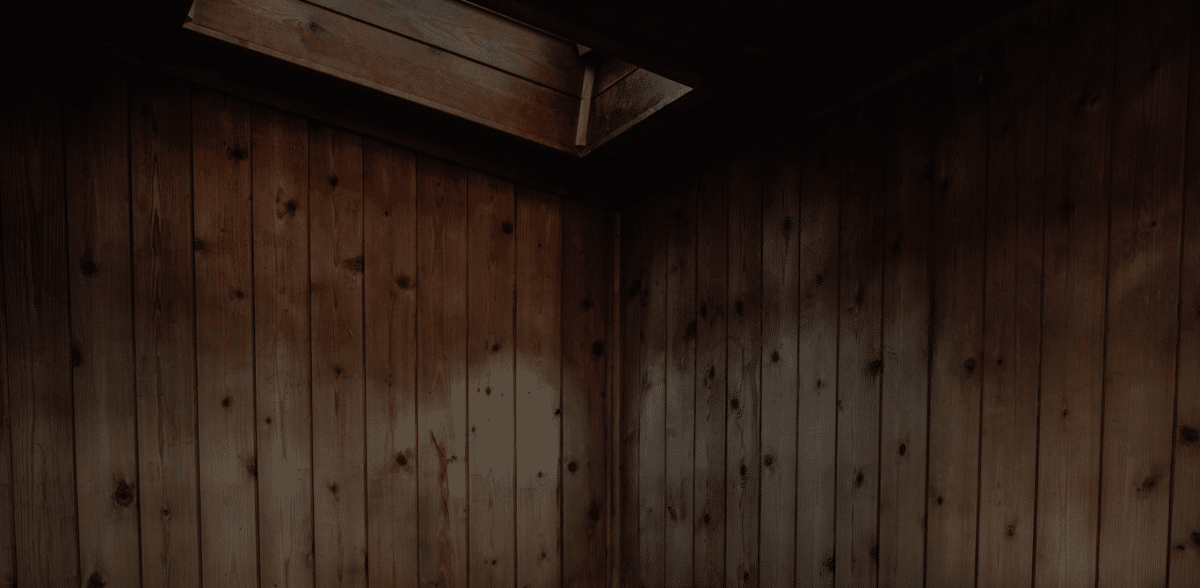
Try Revivery
Experience a world-class sauna and cold plunge sanctuary is Westchase, Florida.
Come check it out!Cold Plunge and Sauna Studio Membership
Just like not everyone enjoys working out in a home gym, some people might find it difficult to commit to a home sauna and cold plunge practice. Joining a studio provides accountability and community, especially if the studio offers group classes. Even better, a studio with experienced coaches can add in elements like breathwork and meditation, which heighten the health benefits of contrast therapy and provide additional stress relief.
If you’d like to establish a regular cold plunge and sauna routine but don’t have the space for a tub or sauna at home—or you don’t want to invest the time or money to install them—many cities around the world have studios that offer cold plunge and sauna sessions.
Self-Guided vs. Expert Led Classes
Some contrast therapy studios, like SweatHouz, offer a self-guided experience, where you alternate between the cold plunge and infrared sauna in a private room on your own schedule. SweatHouz has locations throughout much of the United States; an unlimited monthly membership is $149. Othership, with locations in New York and Toronto, also offers self-guided classes, allowing members to move between the sauna and cold plunge at their own pace. A monthly membership that allows four visits each month costs $180.
Sauna House, with locations in North Carolina and opening soon in Colorado, offers a private sauna and cold plunge experience or a public, self-guided bathhouse option, which costs $40 for two hours. Another self-paced option with multiple locations in Ohio is Contrast Studios, which features infrared saunas, cold plunge, and color light therapy. Unlimited memberships are $199 a month.
Revivery, with a location in Westchase, Florida, but expanding through the United States soon, offers an expert-led sauna and cold plunge experience. Here, experienced guides take members through the hour-long class, leading them through breathwork, meditation, and conversation. In addition to the health benefits of breathwork and meditation, with Revivery sessions members forge connections with others in the class, creating community while experiencing the benefits of cold plunge and sauna. This is a fully guided experience led by experts. Memberships range from $150 to $300 per month, depending on how often you attend.
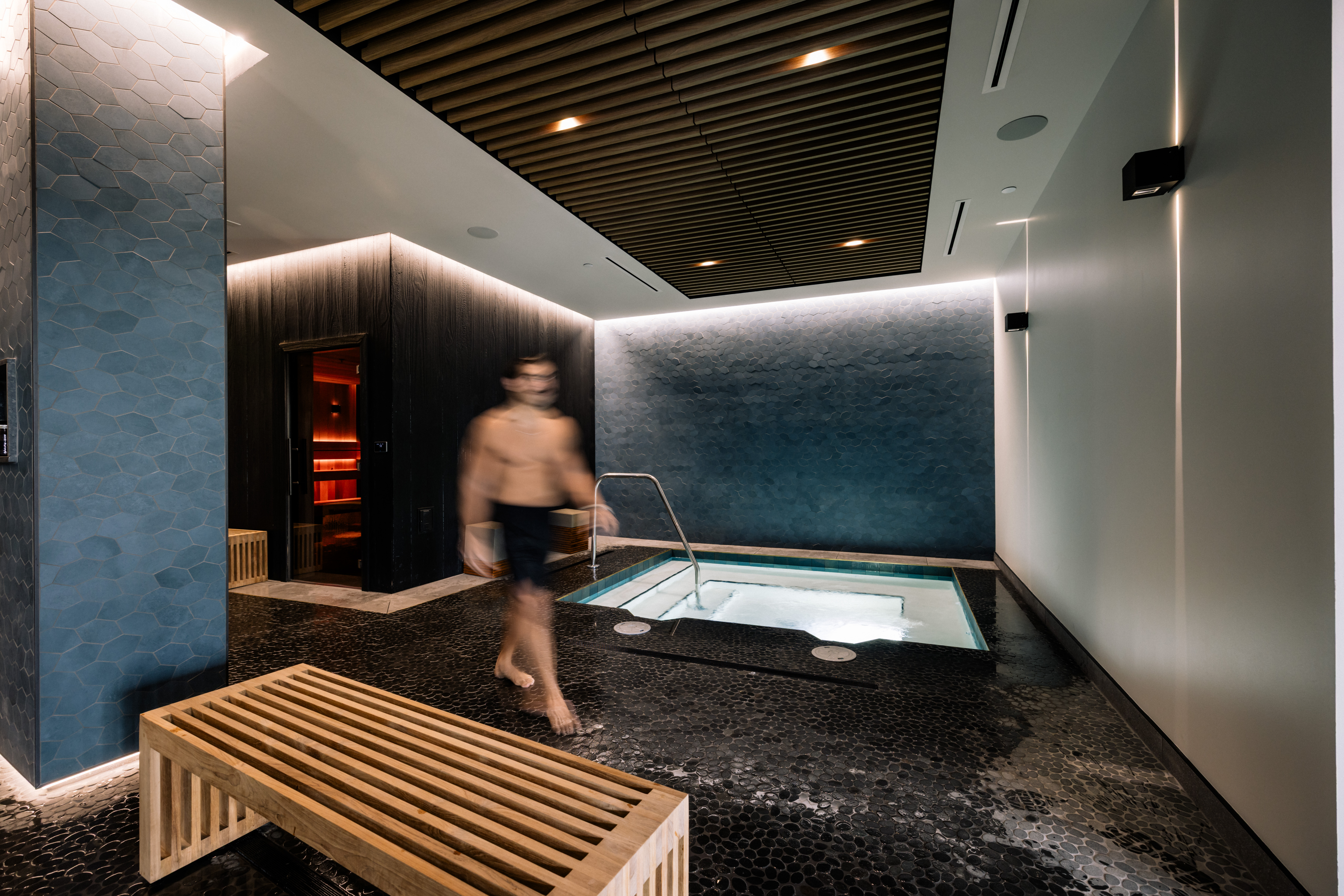
Choose the Right Experience For You
In the end, the best choice for you is one that fits within your budget and personality. If you have the space and a bit of DIY know-how, building your own cold plunge and sauna is the cheapest option.
For a high-end option that still allows you to experience cold plunge and sauna from the comfort of your home, you can splurge and have both built for you, either inside or outside your home.
Anyone new to contrast therapy, those who don’t want to commit to adding a plunge and sauna to their home, or those who prefer a social experience should search for a contrast therapy studio near them. Many gyms have added cold plunge tubs and saunas, and dedicated contrast therapy studios are opening up all over the United States, with just a few—like Revivery and Othership—offering a guided experience to ensure you’re following the proper protocols for optimal health.
